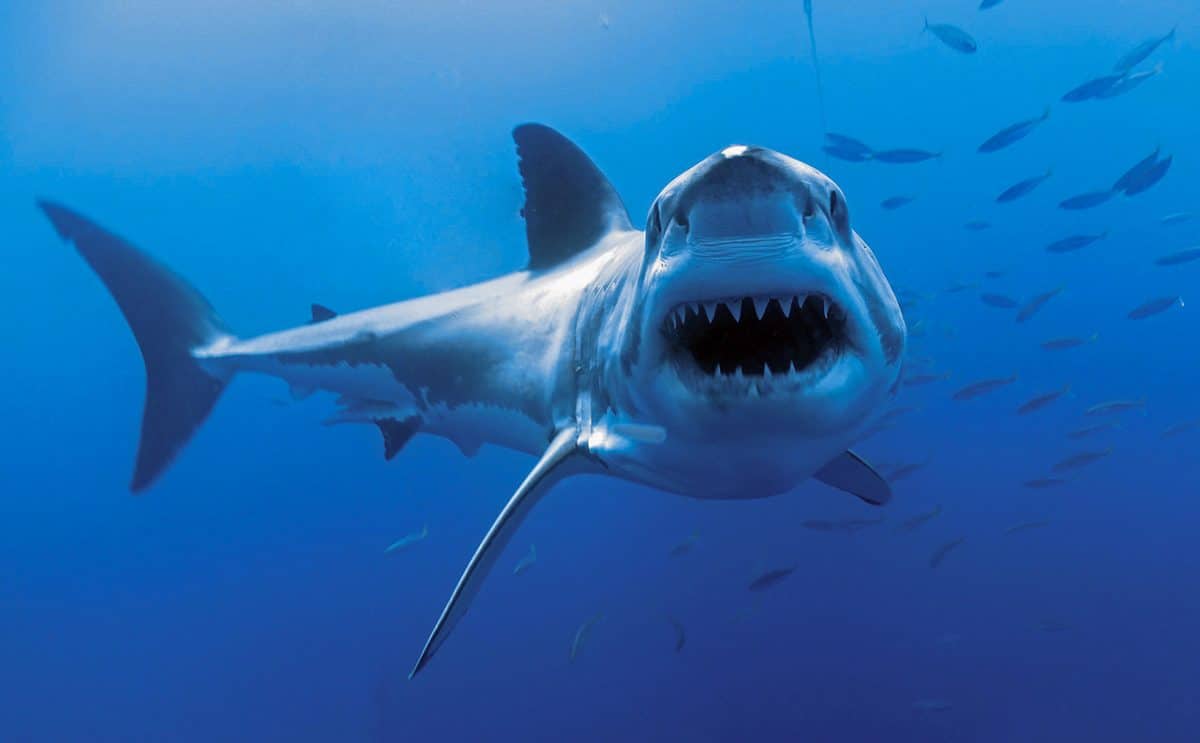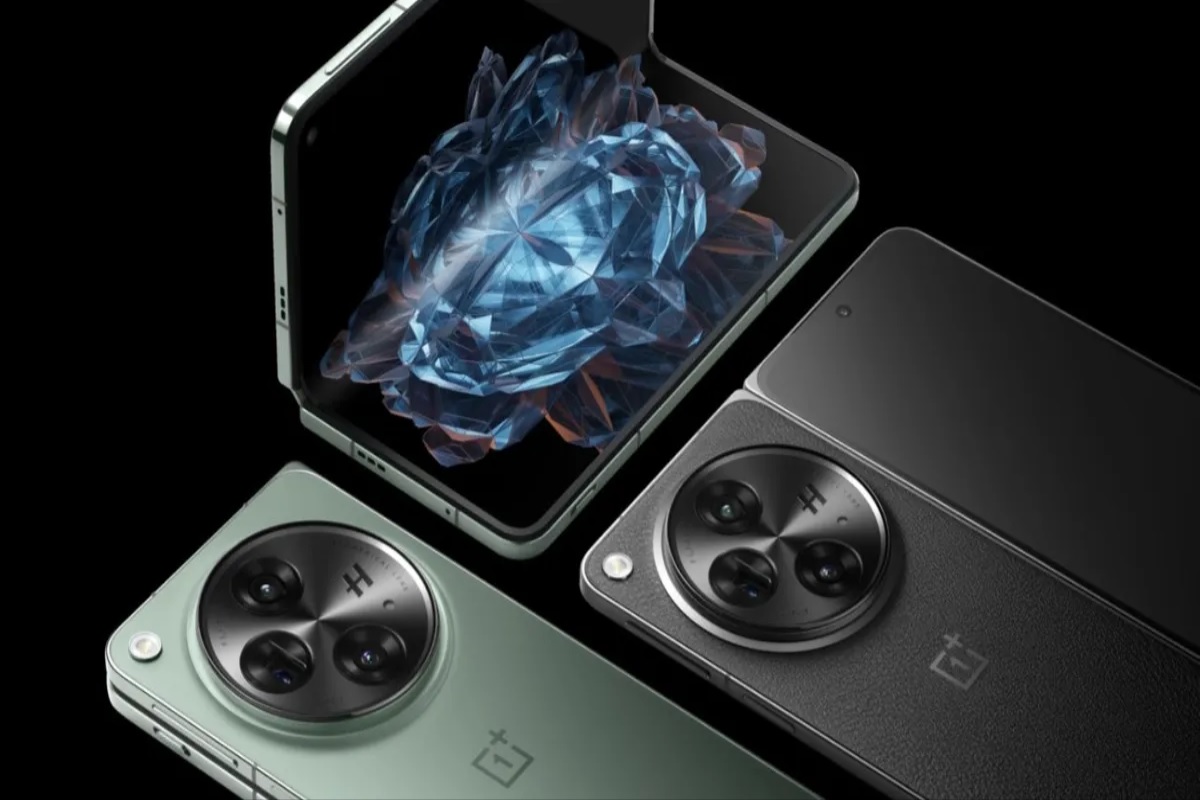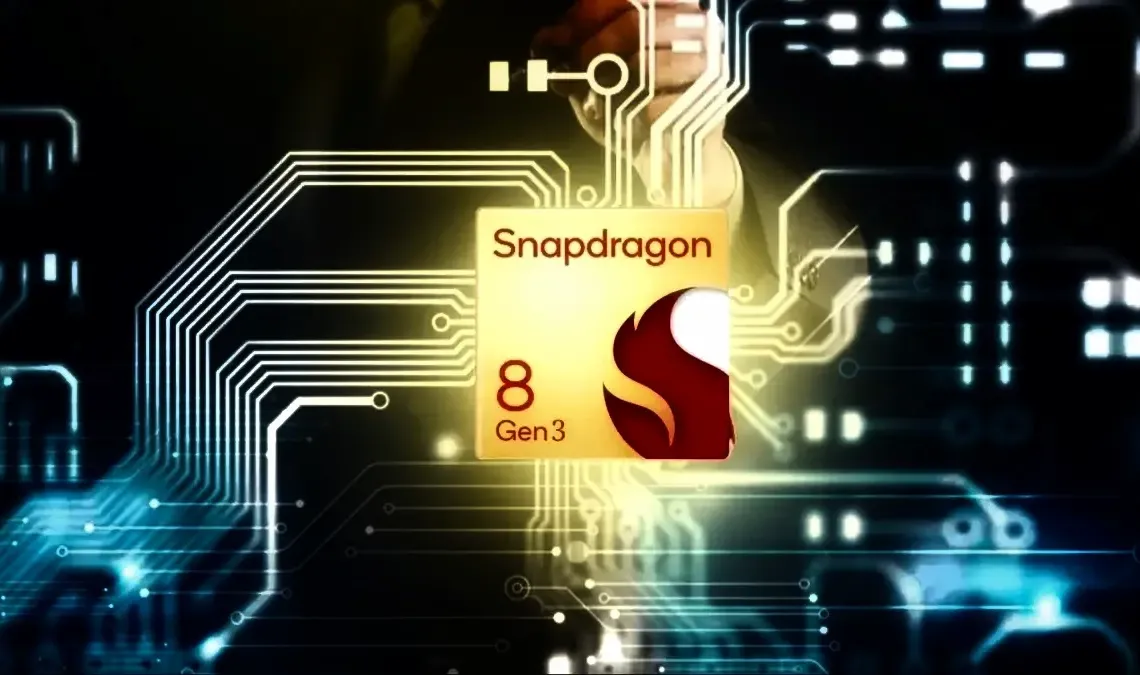Saturn’s largest moon, Titan, is a fascinating world that has captivated scientists with its unique features, including active rivers, lakes, and seas. The largest of these seas are hundreds of feet deep and hundreds of miles wide, rivaling the Great Lakes on Earth. Recent research has shed new light on the mysterious liquid environment of Titan, revealing that waves likely shaped its large seas.

Geologists from the Massachusetts Institute of Technology (MIT) have conducted simulations to understand Titan’s shorelines. They first modeled how a lake erodes on Earth and then applied these models to Titan’s seas to identify the most likely erosion mechanisms seen in Cassini’s images. The simulations suggest that waves are the most probable cause of erosion on Titan’s coastlines.
The presence of waves on Titan has been debated since Cassini spotted liquid bodies on the surface of the moon. Some scientists saw no evidence of waves, describing the seas as “mirror-smooth,” while others noticed roughness but could not confirm if it was caused by waves. Understanding wave activity on Titan could provide insights into the moon’s climate, wind strength, and how its seas might evolve over time.
The MIT team examined the shape of Titan’s shorelines to deduce what might be eroding the coasts. They considered three scenarios: erosion driven by waves, no coastal erosion, and uniform erosion driven by dissolution or gradual sloughing off of the coast under its own weight. The simulations showed that wave-driven erosion produced distinctly different shoreline shapes compared to uniform erosion.
The researchers validated their simulations by comparing them to actual lakes on Earth. They observed the same differences in shape between Earth lakes eroded by waves and those affected by uniform erosion. The team then focused on Titan’s largest, well-mapped seas: Kraken Mare, Ligeia Mare, Punga Mare, and Ontario Lacus.
Mapping Titan’s shorelines using Cassini’s radar images, the researchers found that all four seas fit solidly within the wave-driven erosion model. This suggests that waves likely shaped these seas. The team is now working to determine how strong Titan’s winds must be in order to generate waves capable of eroding the coasts. By studying the shapes of Titan’s shorelines, the experts also aim to identify the predominant wind directions.
This dual approach helps to understand how wind forces contribute to coastal erosion and the overall landscape dynamics of Titan. The insights could provide valuable information about the moon’s climate and its evolving geological features.
“Titan presents a case of a completely untouched system,” noted Rose Palermo, a former MIT-WHOI Joint Program graduate student and a research geologist at the U.S. Geological Survey. “It could help us learn more fundamental things about how coasts erode without human influence, and maybe that can help us better manage our coastlines on Earth in the future.”



